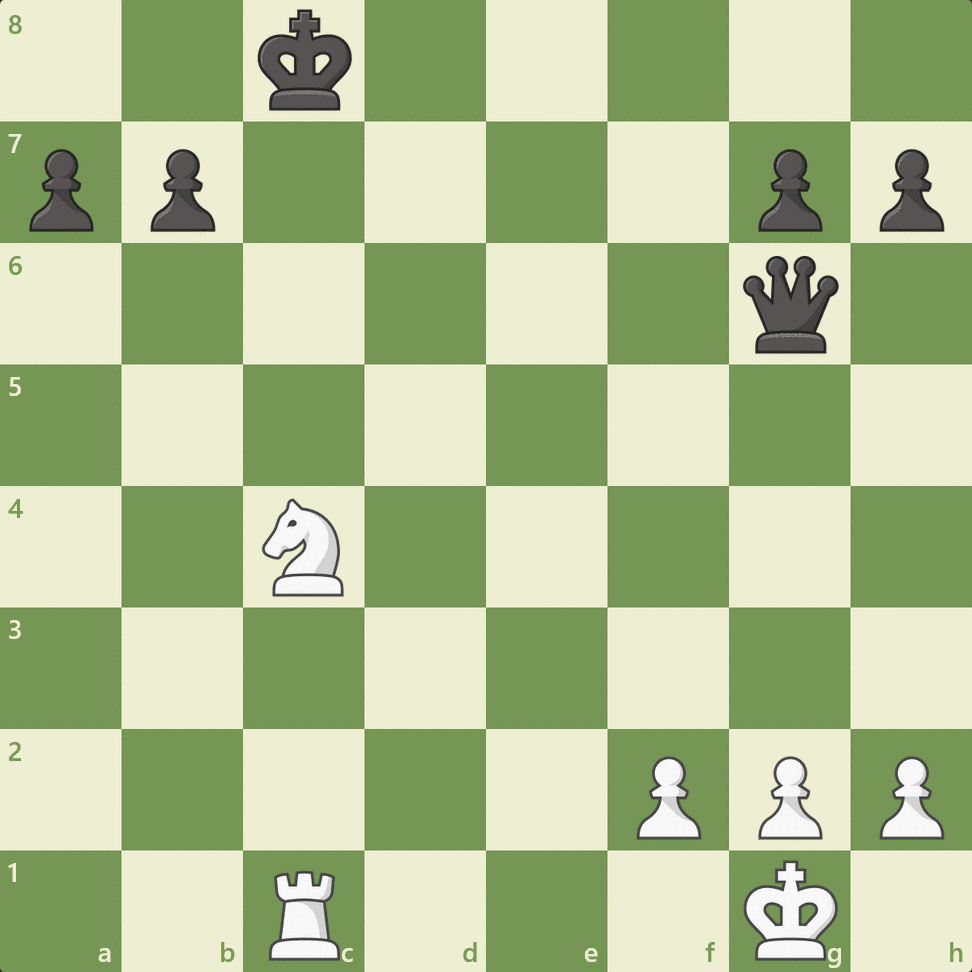A situation in chess where moving a piece reveals a check from another piece, often leading to decisive tactics.

Introduction
Discovered check is one of the most devastating tactical weapons in chess. It occurs when a piece moves, revealing an attack from another piece behind it that checks the enemy king. Because the opponent must respond to the check, the moving piece is often free to launch a secondary attack, leading to winning material or checkmate.
What makes discovered check so powerful? How have grandmasters used it in famous games? And how can you spot and execute this tactic effectively? This article covers the mechanics, strategic importance, and practical applications of discovered check.
1. What Is a Discovered Check?
A discovered check happens when:
- A piece moves, uncovering an attack by a bishop, rook, or queen on the opponent’s king.
- The king is forced to respond, leaving the moving piece free to attack another target.
Key Features:
- Forces the opponent to react: Since the king is in check, the opponent must address the threat immediately.
- Creates tactical opportunities: The moving piece can capture a piece, attack another target, or set up a combination.
- Leads to material gain or checkmate: Many discovered checks result in winning rooks, queens, or delivering a decisive attack.
2. The Devastating Double Check
A double check occurs when the discovered piece also delivers check at the same time as the uncovered piece.
Why Double Check is So Powerful:
- The opponent must move the king (since blocking or capturing won’t stop both attacks).
- This often forces the king into a vulnerable position, leading to checkmate.
✅ Example Move:
- Nd5+ (Knight moves, revealing check from a bishop on b2).
- If the knight also delivers check, this is a double check, meaning the opponent cannot block the attack.
3. Examples of Discovered Check in Action
3.1 Simple Discovered Check with Material Gain
A common setup involves:
- A bishop on b2 and a knight on d4, with the king on e8.
- White plays Nd4+, discovering check from the bishop.
- Since Black must move the king, White is free to capture a valuable piece with the knight.
3.2 The Famous Lasker Trap (Discovered Check + Fork)
A discovered check can also lead to a fork, a second attack on a key piece.
✅ Example Move:
- Nf5+ (Knight moves, revealing check from a queen or bishop).
- While the king moves, White plays Nxe7, forking the opponent’s king and queen.
4. How to Spot and Execute a Discovered Check
Step 1: Identify the « Battery »
A battery is when two pieces are lined up so that one can move, unleashing the other (e.g., a bishop and queen on a long diagonal).
Step 2: Find a Useful Move for the Front Piece
The front piece should ideally:
- Capture a valuable target.
- Move to a square that sets up a fork.
- Deliver a second check for a double check.
Step 3: Calculate the Opponent’s Responses
- If it’s a simple discovered check, the opponent must move the king.
- If it’s a double check, the opponent has no choice but to move the king.
5. How to Defend Against Discovered Check
Block the Battery Before It’s Activated
- If a bishop and queen are aligned, place a piece between them to prevent a discovered attack.
Keep Your King Safe
- Avoid placing the king on open diagonals or files, where discovered attacks can be deadly.
Trade Pieces to Reduce Tactical Threats
- If your opponent has pieces set up for a discovered attack, consider trading to remove the threat.
6. Famous Games Featuring Discovered Check
Emanuel Lasker vs. Johann Bauer (1889)
Lasker used a discovered check combined with a knight fork to win Bauer’s queen, showcasing the power of this tactic.
Garry Kasparov vs. Veselin Topalov (1999)
Kasparov’s famous game included multiple discovered attacks, leading to one of the most brilliant combinations ever played.
Magnus Carlsen in Blitz Chess
Carlsen frequently uses discovered checks in speed chess, catching opponents off guard with quick, precise moves.
7. Conclusion
Discovered check is one of the most powerful tactical weapons in chess, often leading to material gain, checkmate, or forcing a decisive advantage. Learning to spot and execute discovered checks will significantly improve your ability to capitalize on tactical opportunities.
Key Takeaways:
- Look for pieces aligned on the same diagonal, file, or rank.
- Use the moving piece to create a secondary threat.
- Double checks are the most powerful discovered checks, as they force the king to move.
- Practice tactical puzzles to recognize discovered check patterns quickly.
Mastering discovered check will give you a crucial tool in both attacking and defensive play, helping you win games through brilliant tactics!

